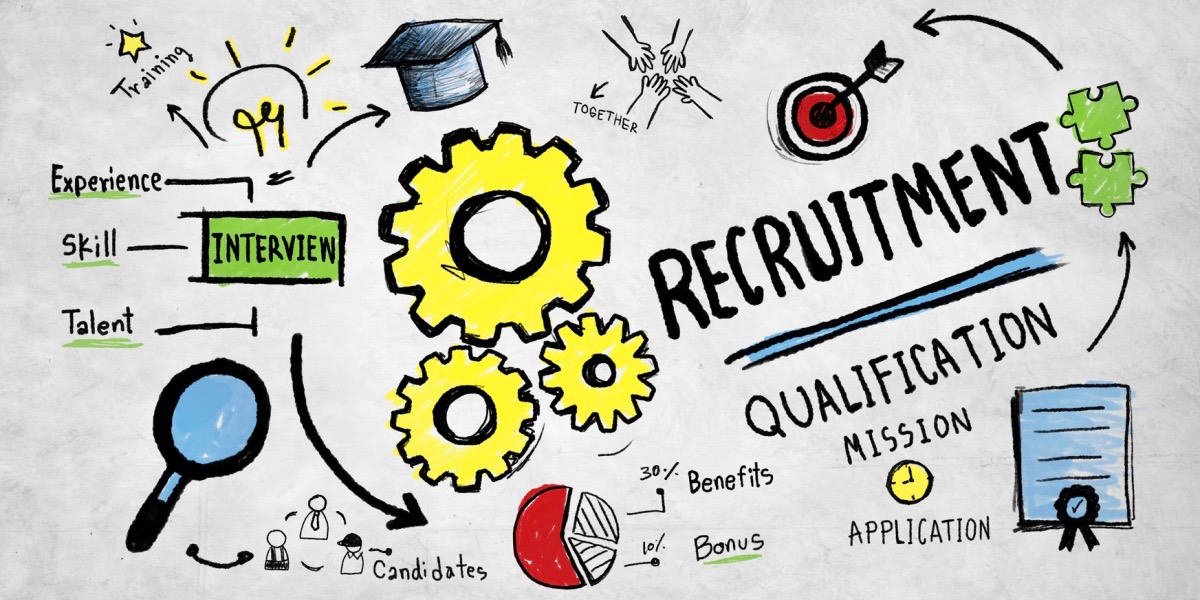Organizations have always placed substantial value on talent acquisition. Recognizing and understanding the talent acquisition trends for 2017 would help employers and recruiters keep their recruitment efforts on the right track.
-
An Increasing Amount of Contract Hiring
Optimizing profit is always the ultimate goal in the business world, especially when the economy experiences a slowdown and companies invest more into their technology and business transactions.
Therefore, human capital restructuring has become the fastest and most straightforward way to save costs. This means that:
- Teams and departments are trimmed
- Positions with similar responsibilities merge
- Permanent employees convert to contractors
- Contingent contractors are hired for seasonal business and on a project basis, etc.
This shows that more companies are choosing to “rent” rather than hire talent.
By converting permanent roles into contracts, overall costs can be reduced and transferred to R&D. However, businesses may need to consider additional factors. These factors include managing employee and labour relations in terms of benefits and retention while maintaining the company’s image against possible accusations of intentionally evading employer responsibilities.
-
Talent Ecosystem
That brings us to another hot trend—building the talent ecosystem. A talent ecosystem consists of an extended and constantly evolving series of relationships that goes far beyond a traditional talent pool and conventional employee-employer arrangements (Devadoss, 2015). It includes:
- Internal Talent – traditional permanent employees, who are covered by employer benefits and company policies
- Partnership Talent – workers who exhibit high-level expertise
- Freelance Talent – contractors and freelancers who work on a project basis and contingent assignments.
- Borrowed Talent – workers sent by vendors and third-parties
- Open source or crowdsource talent – workers from online networks and communities. Unlike contractors and freelancers, crowdsource talent are more active; they “bid” to win the challenge with a set of money as a bidding prize
With these different types of employment arrangements, workforce management and people operations are becoming increasingly critical. On the one hand, establishing a talent ecosystem can provide multiple solutions to cut the cost of human capital. On the other hand, maintaining such a system may require a well-customized HRIS (Human Resources Information System) with extensive functions.
-
Human Cloud
The human cloud is a type of workforce where tasks or projects, not jobs, are performed remotely and on-demand by people who are not employees but independent workers (Lexicon, 2016).
If you are not familiar with this term, you must have heard of Uber, a typical example of this workforce. A user sends a request to the resources, in this case, the car drivers who are nearby. Upon receiving the request, available drivers will make the bid and deliver the service.
In fact, the Human Cloud can be considered part of a Talent Ecosystem. It is the resource pool of Crowdsource. Back to human resources, there are many online platforms that project owners can take advantage of. Websites such as Freelancer, People per Hour, and Upwork are good places to find reliable resources.
-
Talent Acquisition = Project Management
Everything is now project-based, even for talent acquisition. Like technical project management, where a project manager works on a holistic Software Development Life Cycle, recruiters need to manage Full Cycle Recruiting (FCR) in some companies.
For example, recruiter Jenny needs to fill a Software Developer position.
- First, she communicates with either the hiring or account manager to scope the position’s responsibilities, qualifications and pay scale (job evaluating).
- Then, Jenny publishes a job posting and sources qualified candidates (recruiting).
- Next, she conducts phone and face-to-face interviews for further screenings until a candidate is selected (selecting).
- She then sends an offer to that candidate, along with a few rounds of negotiation (negotiating);
- Finally, the candidate accepts the offer, so Jenny completes all the paperwork and reference checks (onboarding).
At this point, this recruiting project is “delivered.”
The entire hiring process involves multiple stakeholders, requiring a high volume of communications but much shorter terms. If you are a recruiter in charge of full-cycle recruiting, be proud of yourself!
-
Employer Branding
Besides internet marketing and company branding, which are customer-facing, “Employer Branding” is more targeted to job seekers. Building a positive employer image to attract talent is gaining much more attention than ever before.
More and more companies realize the importance of utilizing social media to expand influence in the employment market. They craft engaging company introductions in their job postings, maintain their own websites and LinkedIn public pages, and ask employees to write positive reviews on websites like Indeed and Glassdoor.
If an applicant wants to search for information about the employer before attending an interview, this presence can all become part of their “first impression.” Therefore, the applicant can decide whether this is the company that they would like to work with – it is a mutual selection, after all.
The recruiting industry is changing rapidly, so we need to adjust our mindsets to new concepts and adopt new methodologies. Knowing these talent acquisition trends for 2017 and making a long-term workforce plan will set the stage for you to attract rock star candidates this year and beyond.





